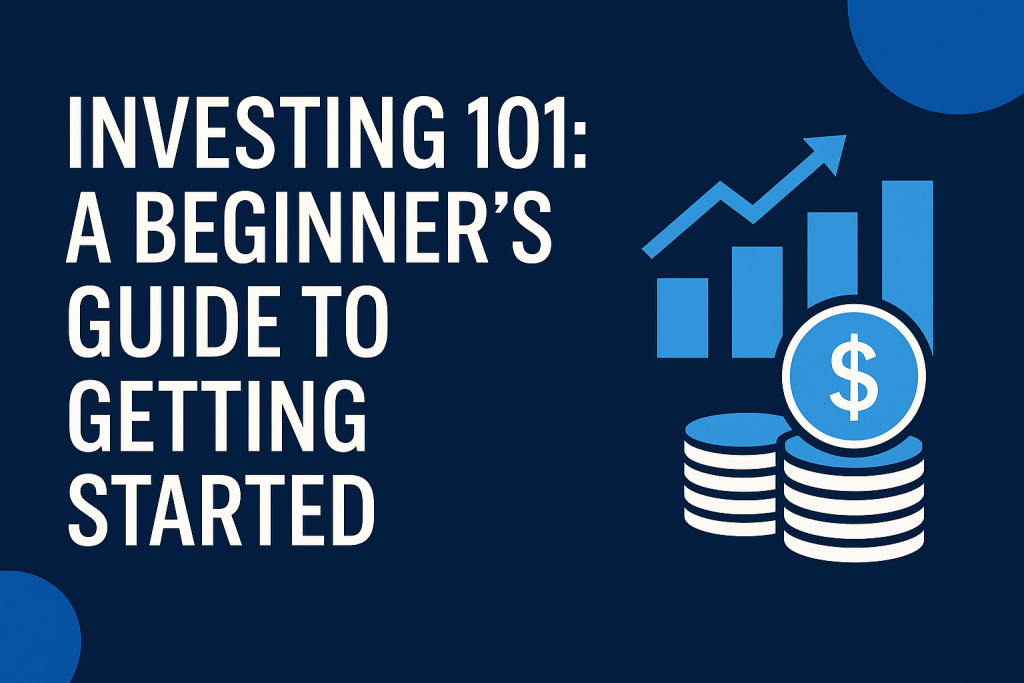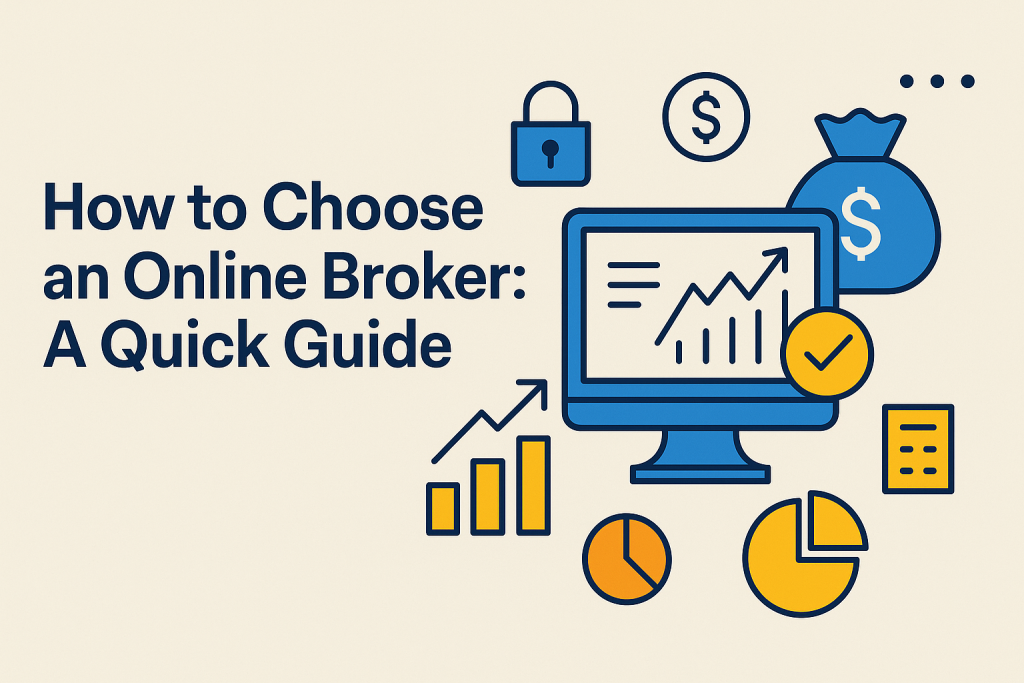Learning how to invest can feel overwhelming, especially for beginners. But the truth is, you don’t need a finance degree or a lot of money to start building wealth. With a solid understanding of investment basics, anyone can begin their investing journey with confidence. This guide will cover the key concepts of investing for beginners, explain the risks and rewards, and provide practical tips on how to invest smartly for the long term.
Why Should You Invest?
Investing is one of the most effective ways to grow your money over time. While saving in a bank account keeps your funds safe, investing helps your money work harder by generating potential returns through stocks, bonds, mutual funds, and other assets. The earlier you start, the more time your investments have to grow thanks to the power of compound interest.
Understanding Investment Basics
1. What Is Investing?
Investing means putting your money into assets—like stocks, bonds, real estate, or funds—with the goal of growing your wealth over time. Unlike saving, which focuses on preserving money, investing is about making your money work for you, despite the risks involved.
2. Risk and Reward
Every investment carries some level of risk. Generally, the higher the risk, the greater the potential reward. Stocks, for example, tend to have higher growth potential but can also fluctuate more in value. Bonds are usually more stable but offer lower returns. A key part of investing for beginners is learning how to balance risk and reward to match your financial goals and comfort level.
3. Diversification Matters
Diversification means spreading your money across different types of investments to reduce risk. If one asset underperforms, others can help offset the losses. A diversified portfolio might include a mix of stocks, bonds, and other assets tailored to your goals and risk tolerance.
How to Invest: A Step-by-Step Guide for Beginners
1. Define Your Goals
Start by identifying what you’re investing for. Are you saving for retirement, a home, or your child’s education? Your timeline and risk tolerance will guide your investment strategy.
2. Choose an Investment Account
To start investing, you’ll need a brokerage account. Many platforms offer user-friendly options for beginners, including robo-advisors that can help you build a diversified portfolio with minimal effort. Research fees, available assets, and support options before opening an account.
3. Start with Low-Cost Funds
For beginners, index funds and exchange-traded funds (ETFs) are great options. They provide instant diversification, have low fees, and track the performance of broad market indexes like the S&P 500.
4. Invest Consistently
One of the best investment basics is to invest regularly, regardless of market ups and downs. This strategy, known as dollar-cost averaging, helps reduce the impact of market volatility over time.
5. Monitor and Adjust
Review your investments periodically to ensure they align with your goals. As your life changes, you may need to adjust your portfolio’s risk level or rebalance your asset mix.
Final Thoughts
Investing is a lifelong journey, not a one-time event. By understanding investment basics and following these practical steps on how to invest, you can take control of your financial future. Start small, stay consistent, and remember—time is your biggest ally when it comes to investing for beginners. The best time to start was yesterday. The second-best time is today.


